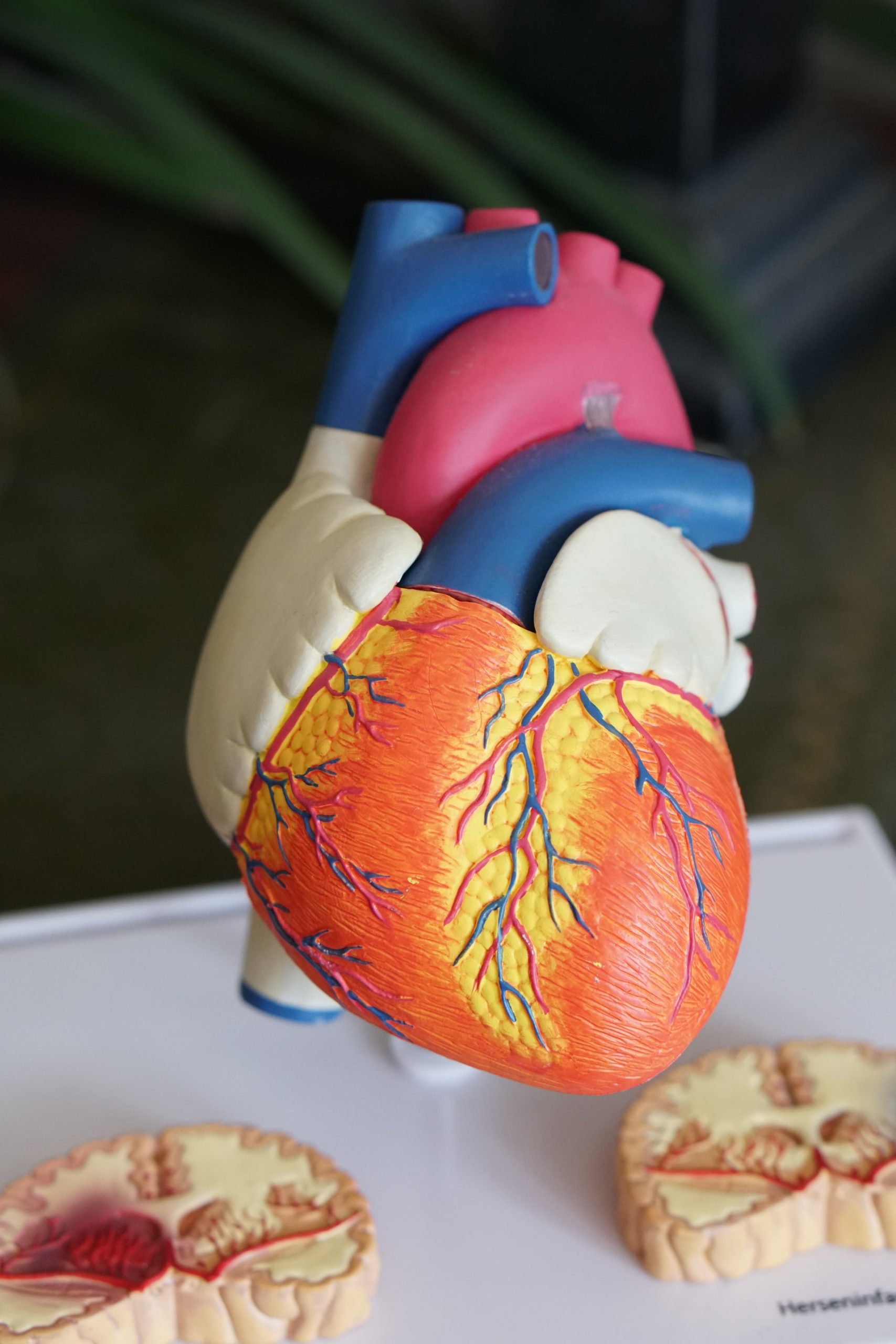You start having chest pains, so go to the nearest emergency room. Needless to say, it’s a frightening, stressful time. You look to the health professionals treating you to get best possible advice about next steps. Are you having a heart attack? Do you need to be admitted to the hospital?
Chest pain accounts for over 8 million visits to US emergency departments every year. Heart disease is the leading cause of death among men, accounting for one out of every four deaths among men, according to the Centers for Disease Control. That’s why, when a man shows up in the emergency room complaining of chest pain, he’ll typically be admitted to the hospital for observation.
Emergency room clinicians run tests to rule out a heart attack or unstable angina, a serious condition in which the heart doesn’t get enough blood flow. These tests miss about 1.5 percent of cases, but may not always be an accurate predictor of whether a patient will experience a serious heart problem in the coming weeks.
This brings up a dilemma for physicians of how to manage patients who are at a low risk for a cardiac event. Perhaps too often, doctors err on the side of caution and keep even low-risk patients for monitoring and additional tests. This can be a costly and inconvenient decision for those patients.
That’s one of the reasons I wanted to do research into a decision aid for chest pain patients to use in the emergency department. I wanted to commit to a project that could actually change the way decisions are made and that could have significant impact on patients.
With funding from the Patient-Centered Outcomes Research Institute, my colleagues and I tested the use of a decision aid we’ve developed, called Chest Pain Choice. A single sheet of paper explains patients’ risk levels for future heart attacks and their options for further testing, whether in the hospital or later in a doctor’s office. We developed this aid with input from patients, and made the language more succinct—understanding that our patients are in a stressful situation that may impact how much information they are able to process.
Early results have been meaningful. We’ve found that using Chest Pain Choice made the doctor-patient interaction take an average of just 1.3 minutes longer. However, low-risk patients who used the decision aid were less likely to decide to stay overnight for additional testing, but faced no additional risk of heart problems in the weeks that followed.
Patients were also found to have greater understanding of both their heart risk levels and care options, as compared with patients who received only usual care. Patients who used the decision aid also got more involved in decisions regarding their care. Most people who go to the emergency department don’t plan on having their lives interrupted for evaluation. This tool helps them better understand their options and makes care more personal.
We’re still testing Chest Pain Choice with more patients, but based on the results we’re seeing, it may be put to use in some emergency rooms before the trials are complete. We continue to work with our patient partners to see how we can make this decision aid more practical for the patient.
Photo credit: pixabay.com




